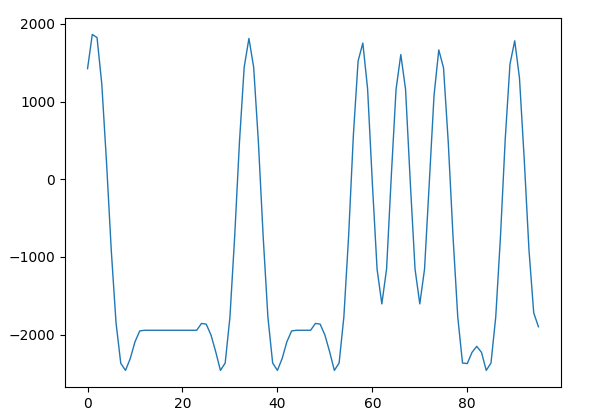A Hytera DMR handset that I am working with has a frequency deviation of 2300-2700 Hz. This is higher than the expected 1944.0 Hz frequency deviation specified in the DMR specification (ETSI TS 102 361-1). Is it expected that low cost handsets have excessive frequency deviation? I'm wondering how the receiver performs synchronization when the frequency deviation can be so far out of range?
More info:
- I/Q samples are collected with an SDR
- This question is not about carrier frequency offset but rather the FSK frequency deviation
- To determine the deviation, I used an FM demodulator then measured the distance between minimum and maximum deviation.
Update 1:
- the frequency deviation is closer to 2100-2400 Hz after further measurement.


